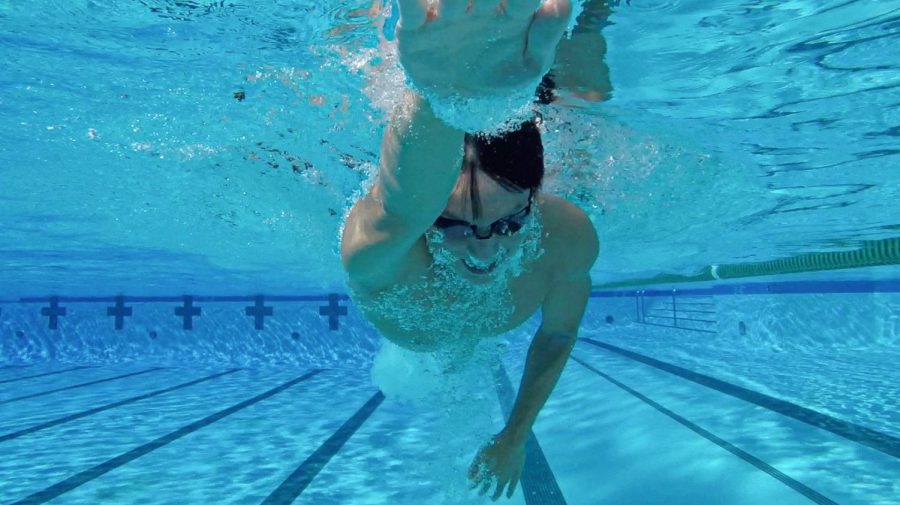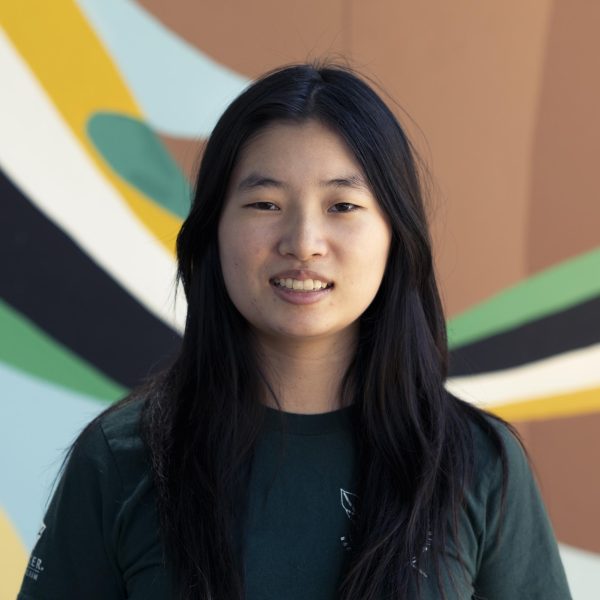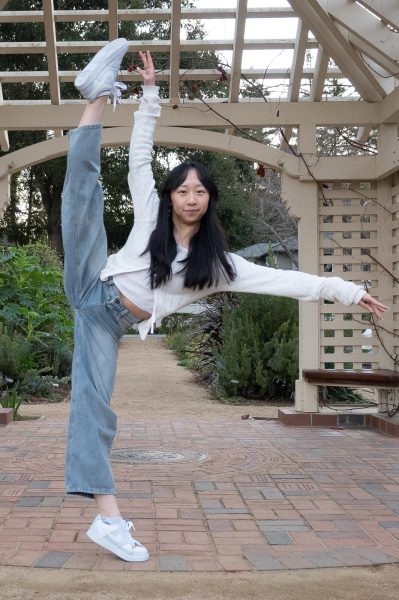
Frozen in place on stage in a simple dark blue leotard with her knees bent, Juliana Li (’25) waits in silence for the start of her competition music. Suddenly, the first jarring beat of the electronic song “Relax” by Rezz rings out, and Juliana matches it by jerking her elbow and knee. She’s captured the judges’ attention. Now, she stands upright to capture their gaze with her intense, wide-eyed stare. Executing a series of turns and leaps, she flits across the stage and folds down to the ground, continuing to stifle the audience with her snakelike isolations. “Just take a nice breath in, and let it out.” The stiff and almost emotionless spoken-word in the music punctuates her every harsh and hypnotic movement.
Juliana performed this dance, titled “Who Am I?”, at the Youth American Grand Prix (YAGP) 2024 San Francisco Semifinals. Unlike her usual contemporary performances at dance competitions, this one was by no means delicate or soft.
“‘Who Am I?’ has been a super fun one because it’s a different type of contemporary than I’m used to,” Juliana said. “It was a little bit creepy, but it was super fun to do, and it was the most unique dance that I’ve done.”
Juliana trained at the Jun Lu Performing Arts Academy in Santa Clara County for 10 years. After she initially dabbled in other sports like figure skating, swimming and gymnastics, dance’s unique combination of athleticism and artistic expression stuck with her the most.
“As I started to realize that I had potential at becoming better, I was motivated to keep going and it became something that I really enjoyed,” Juliana said. “It was awesome and gratifying to see my progress over the years, and I saw how putting in the effort and being truly passionate about it would help me improve.”
At the age of eight, Juliana joined one of JLPA’s competitive dance teams. The 15-dancer team receives an invitation or nomination to perform solo, duet and group choreographies for awards in various categories, from January to May annually. They travel to regional and national dance competitions like Kids Artistic Revue, YAGP, Spotlight Dance Cup, Rainbow Dance Competition, Ultra Dance Competition and Industry Dance Awards.
The studio’s artistic director Jun Lu choreographs the team’s competitive group dances like Mystic Red, while professional choreographers Jazmine Gregory and Ceci Sun choreograph solo dances. Choreographed by Ceci, “Who Am I?” placed second at the YAGP 2024 Semifinals. Juliana cherishes the close bonds that the team formed together through many dance competitions.
“Competitions are stressful in the moment, but I know I’m going to miss them in a couple of years,” Juliana said. “At nationals, we stay for a whole week in Las Vegas. I have core memories of us swimming together at the hotels and water parks and having dinner together for team bonding. Everyone on the team is full of personality.”
In her solos and duets, Juliana often experiments with styles like ballet, Chinese folk dance and lyrical. She also strives to branch out to other styles like jazz, hip hop and modern. Though crediting ballet for her good technical foundation, she prefers the freeform nature of contemporary dance.
“I discovered over the past few years of contemporary dancing that it’s not just about the movements,” Juliana said. “You’ve got to find your own interpretations and make your own personal choices. For example, I could decide to hold onto a move for a couple more seconds, which makes it a lot more powerful than if I went with the original choreo. It gives you the freedom to do whatever you want.”
To prepare for competition season, Juliana and her team attend two three-hour long classes weekly: an hour of ballet and an hour of rehearsing existing choreography, followed by another hour of contemporary or technique training. She especially enjoys learning the contemporary combinations that Jazzy and Ceci teach the team every week.
“Doing these combos helps me develop my skill as a competitive dancer because the more I express myself in our everyday classes, the more it manifests on stage,” Juliana said. “Most of our training, even if I don’t enjoy 100% of it, is always crucial to being a dancer. Conditioning and doing ab workouts is not my favorite, but it’s important to have the strong muscles and core for every other style of dance that I do.”
Close friend Claire Perng (’25) met Juliana in second grade at the lower school. Since then, she has only continued to see Juliana’s sheer dedication to the sport and art form.
“When you walk into her house, the first thing that’s visible is the mats you can dance on, and the dance barre that she used to practice over COVID,” Claire said. “There’s also been times when we’re hanging out and she teaches me how to do a dance turn. As she corrects my hand positioning, foot positioning, back posture, alignment — every single thing — it’s clear she’s detail oriented, knows a lot about dance and is very passionate about it.”
On top of improving her technical abilities, dance also allowed Juliana to express and process her emotions more deeply than before. She finds herself making more meaningful connections with the people around her.
“I’ve become a lot better at feeling my emotions and knowing how to identify and understand them as a dancer,” Juliana said. “Dance is a lot of different things combined into self-expression, whether it’s through a performance — connecting with an audience or letting your family and friends see that side of you — or understanding and supporting your teammates.”
Juliana finds that her experiences in dance also apply to her research on lung cancer. Using different biomedical approaches in her projects, she relates her exploration of the unknown to her freedom in contemporary dance.
“When I’m interpreting contemporary combos, I always try to add my own spin on it or think about what I can do differently to make it better,” Juliana said. “I apply these creativity and problem solving and analysis skills to my research to create those new solutions and to constantly keep innovating and exploring new things.”
Close friend Ainslie Chen (’25) met Juliana in frosh year. Since then, Ainslie shared multiple classes with Juliana and admires her consistent drive to learn and adapt to any situation.
“The way she pieces things together is so interesting to me because she’s someone who needs to learn the full scope of something before diving into it,” Ainslie said. “She’s very thorough. Some people might think that means she gives a very serious impression, but with Juliana it nicely complements her funny side, so there’s a duality to her.”
But even beyond an artistic standpoint, Juliana noticed growth in many other areas of her life. Learning to execute choreographic routines with precision built up her endurance and attentiveness, not just physically but also mentally.
“I developed an extreme attention to detail through ballet, and I now know how to be more technically precise,” Juliana said. “There’s definitely time management as well: I used to dance 10 to 15 hours a week, and I managed to fit it all in. In other perspectives, it’s made me a lot more of a team oriented person, and I’m better at working with groups whether as a leader or a follower.”
Computer science teacher Anu Datar taught Juliana in her AP Computer Science class when she was in ninth grade. As Programming Club advisor, she acknowledges Juliana’s constant dedication to her role as an officer of the club. Last year, Juliana was one of the main organizers of the Harker Programming Invitational and the Girls Programming League Challenge, two of the upper school’s most well-attended coding contests open to Bay Area middle and high school students annually.
“She’s focused, very well-organized,” Datar said. “She manages the programming club meetings with a lot of control. I was amazed by her maturity, the way she conducted herself and not only how she handled these situations but also made everybody around her feel very comfortable when that was happening. In every possible way, she has shown a lot of growth.”
Regardless of her future, Juliana wants to keep dancing the whole way there. After all, dance is second nature to her — an integral part of who she is.
“My identity as a dancer will stay with me no matter where I go, and it’s something that I always want to take with me,” Juliana said. “I know that the community I’ve built with my dance friends and my dance teachers will always stay with me, and I’ll find a loving dance community wherever I end up.”

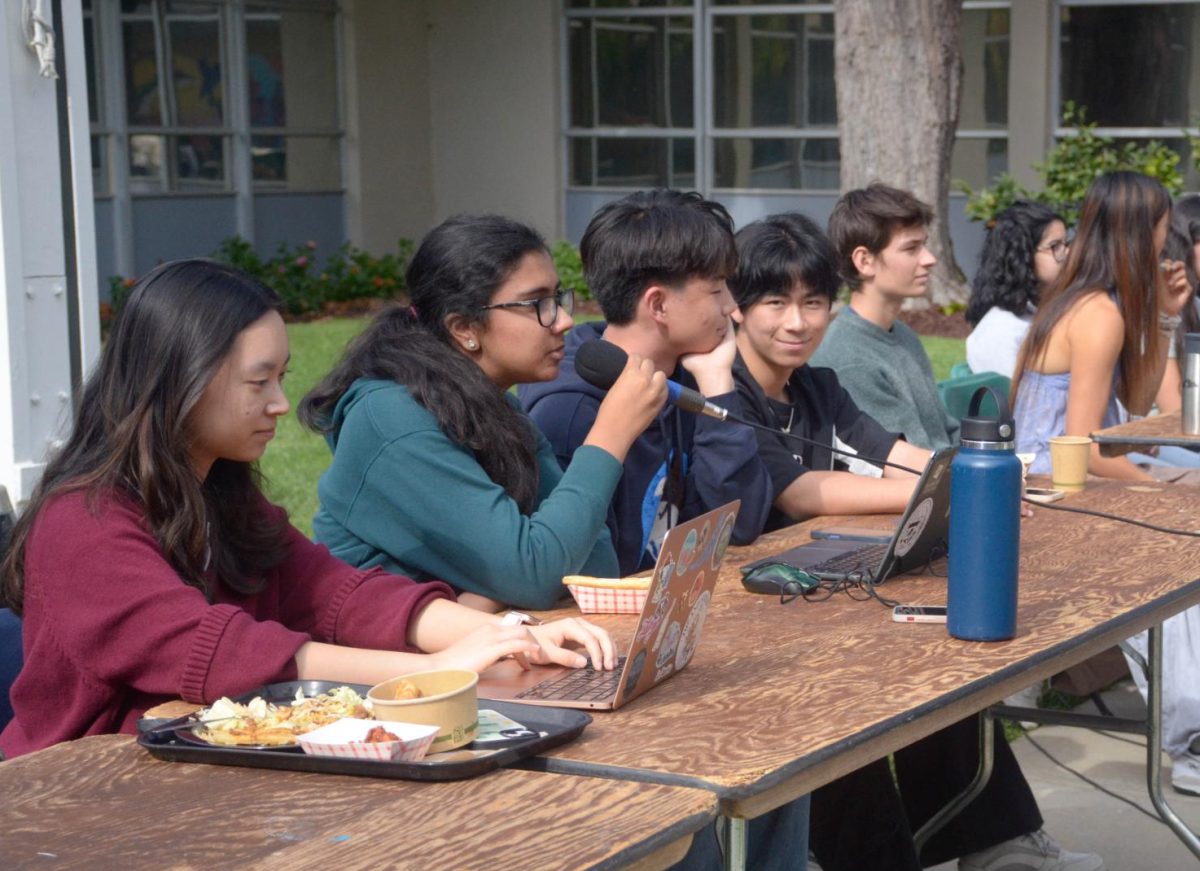

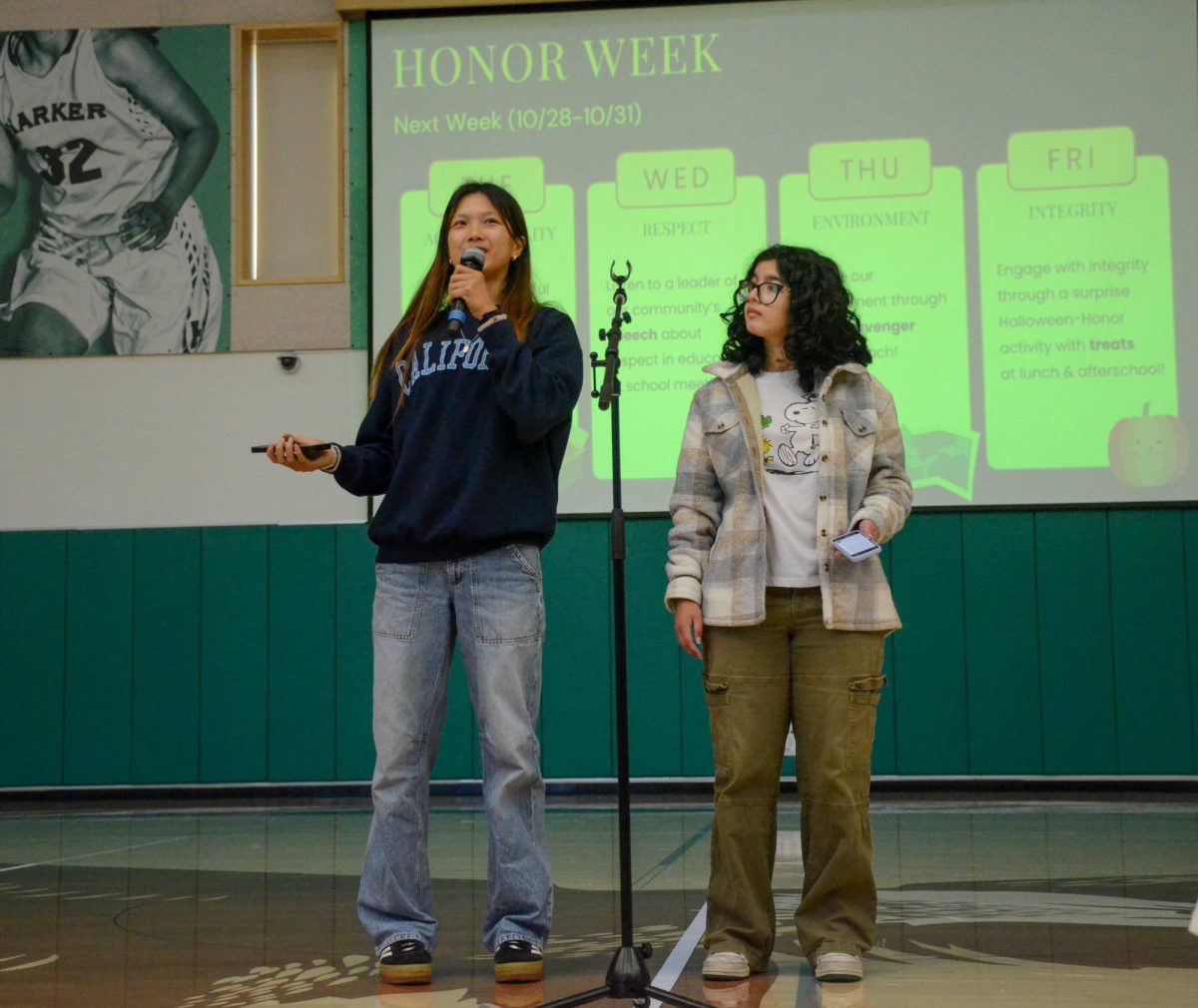
![LALC Vice President of External Affairs Raeanne Li (11) explains the International Phonetic Alphabet to attendees. "We decided to have more fun topics this year instead of just talking about the same things every year so our older members can also [enjoy],” Raeanne said.](https://harkeraquila.com/wp-content/uploads/2025/10/DSC_4627-1200x795.jpg)
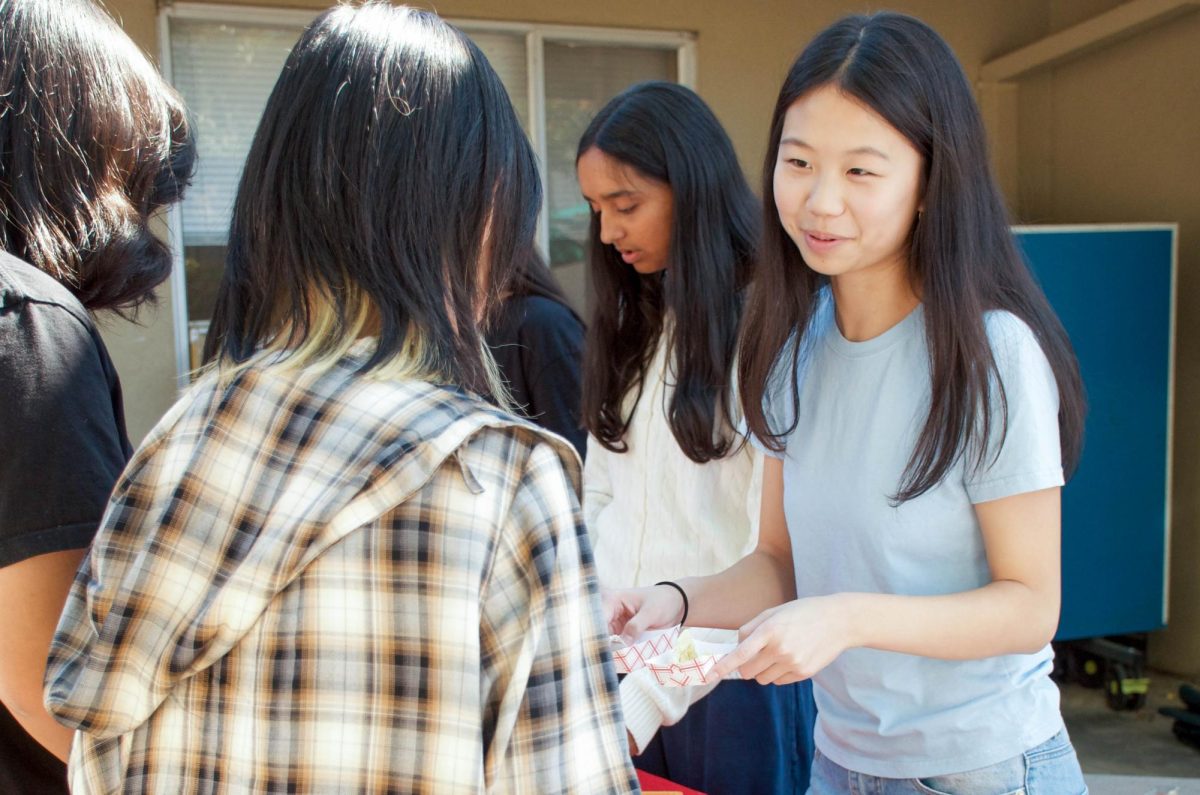
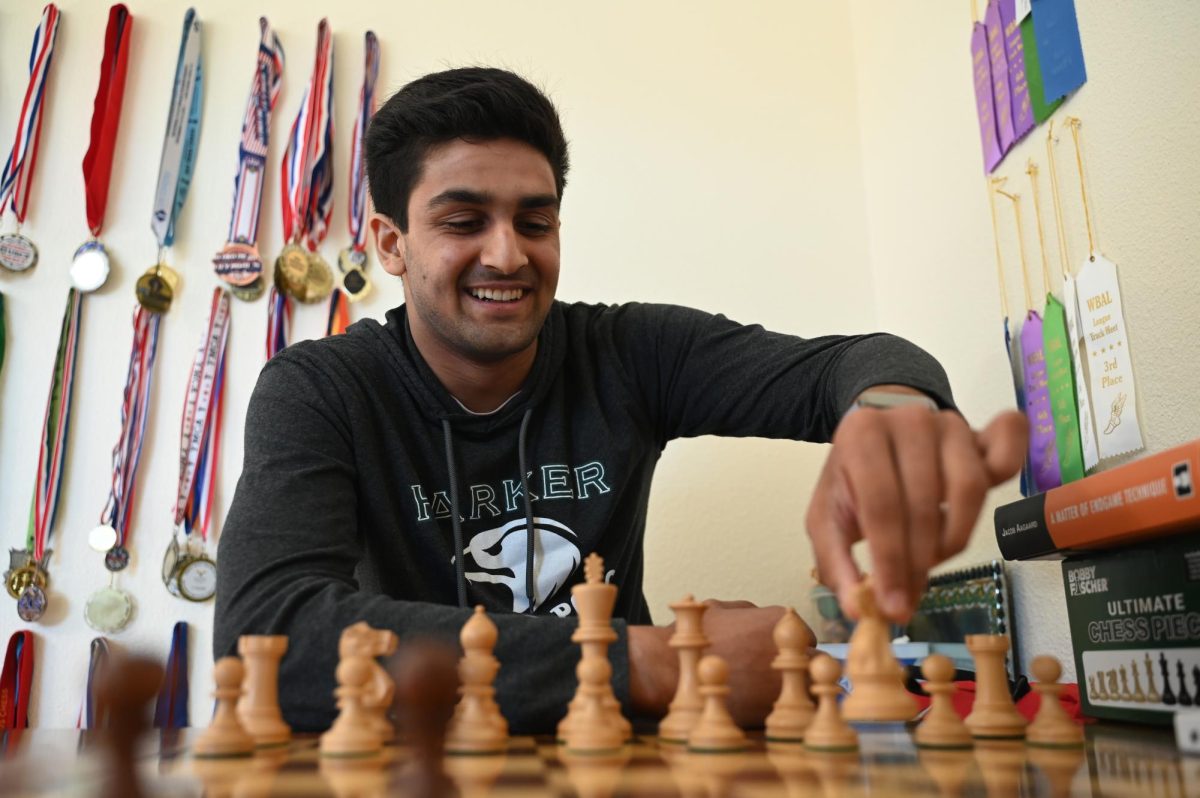
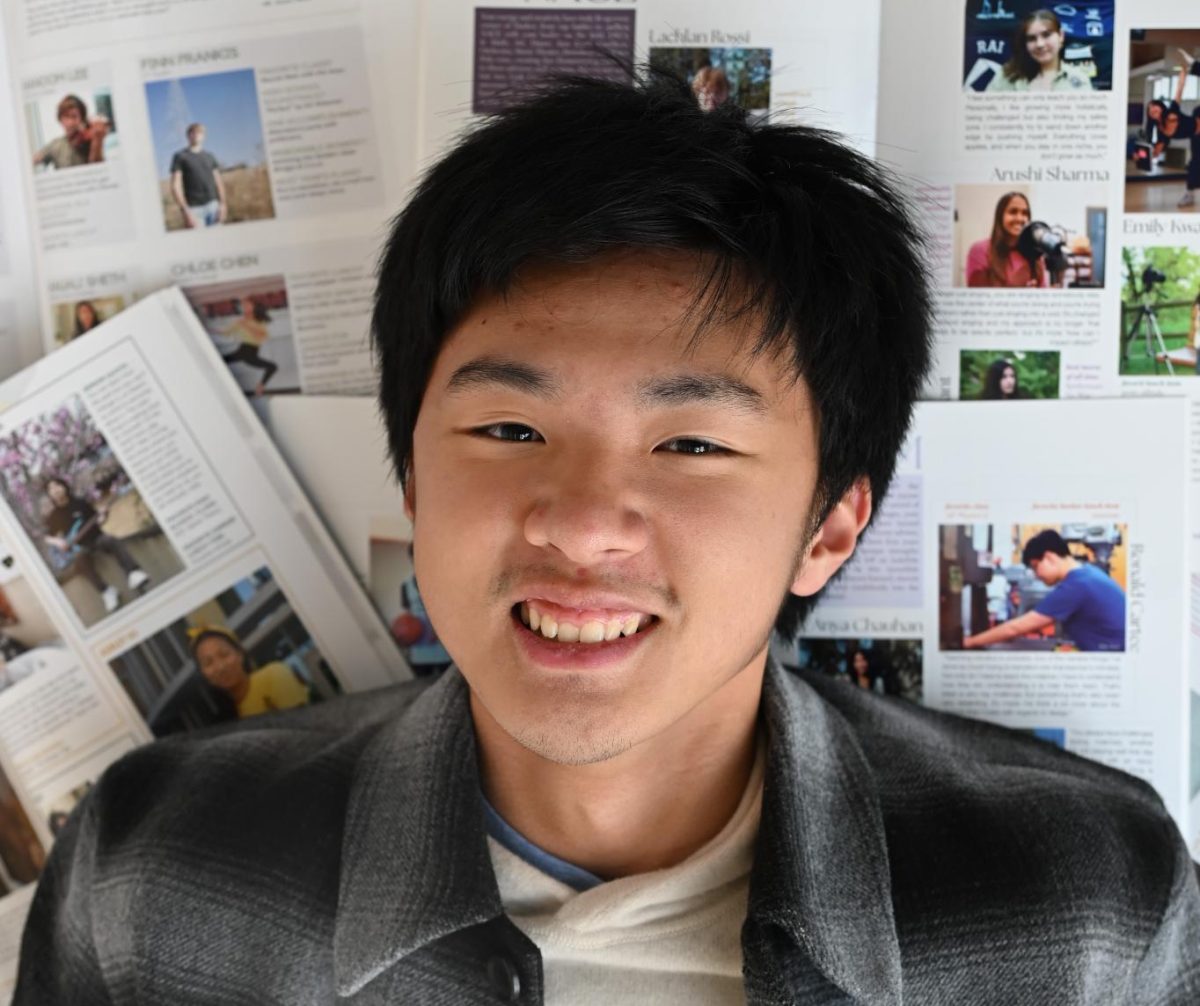
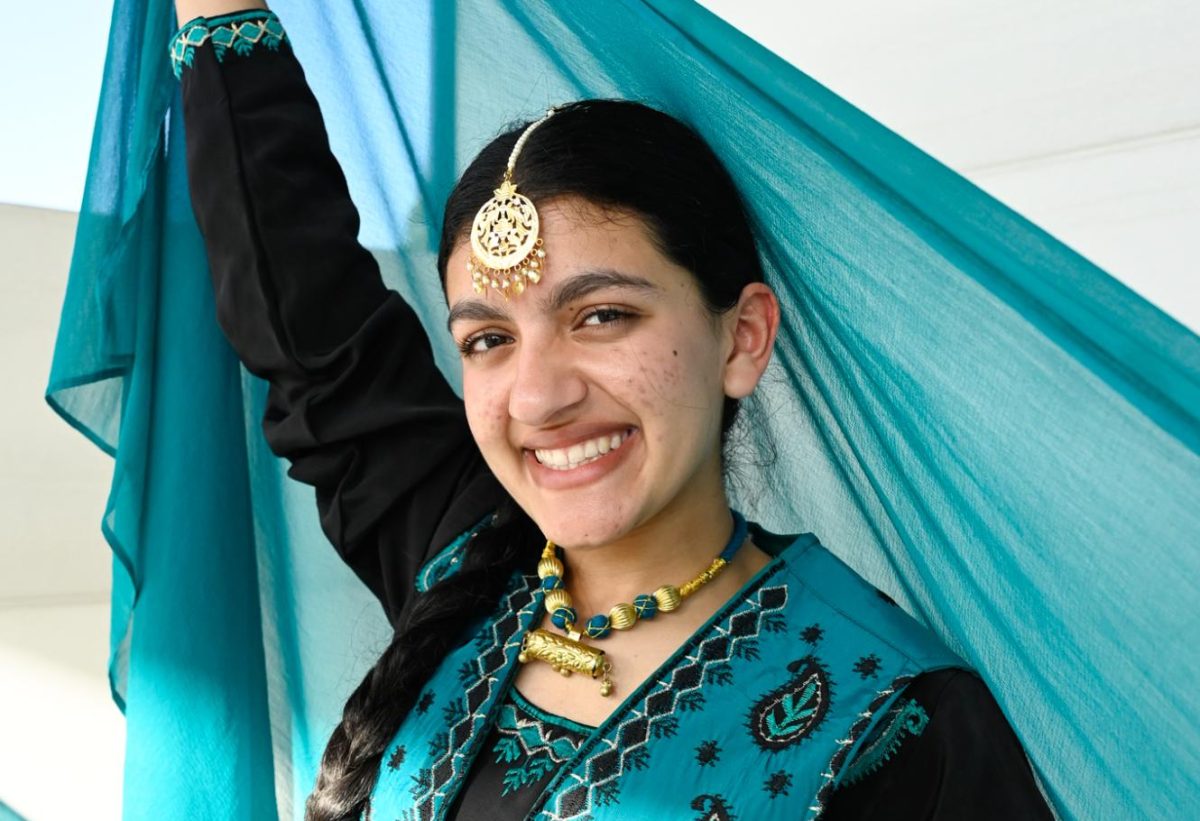
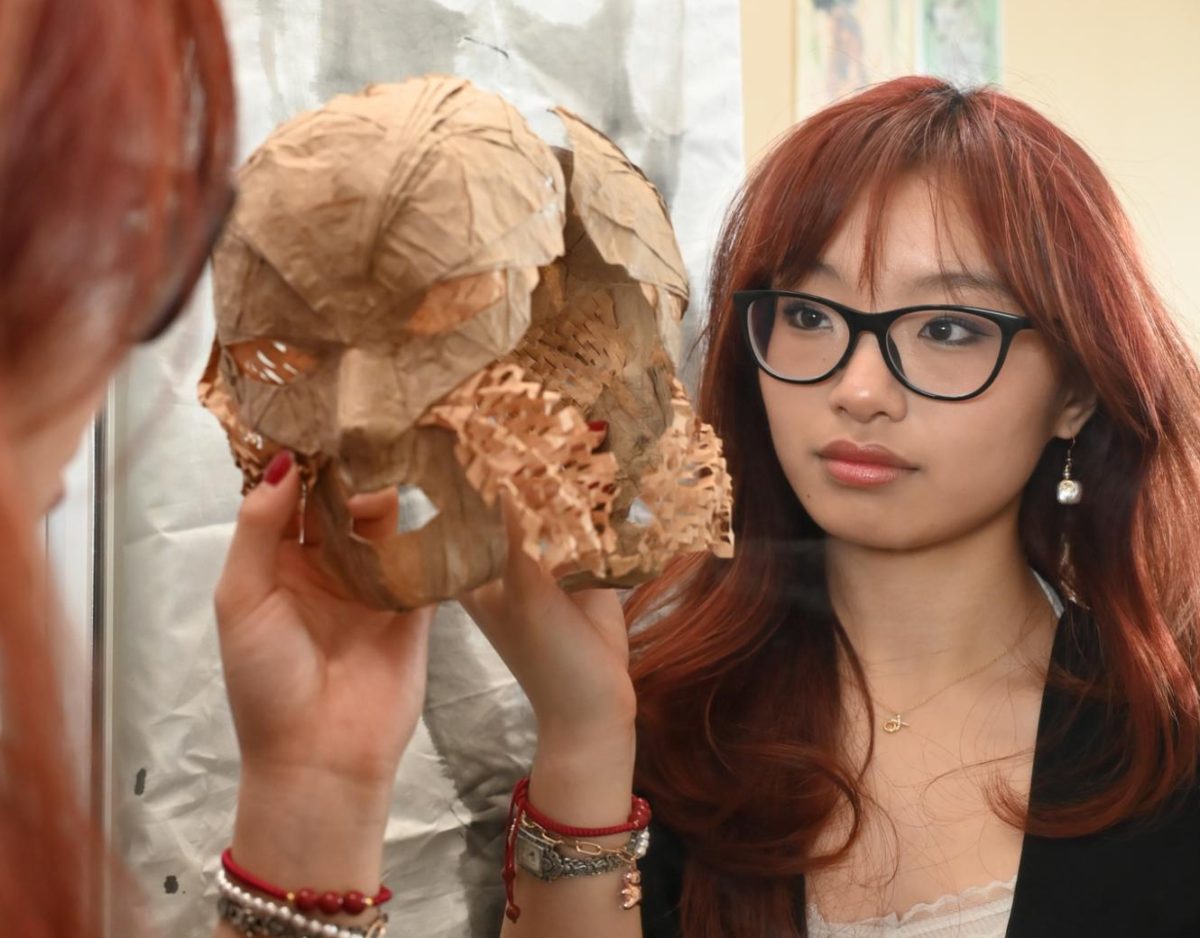
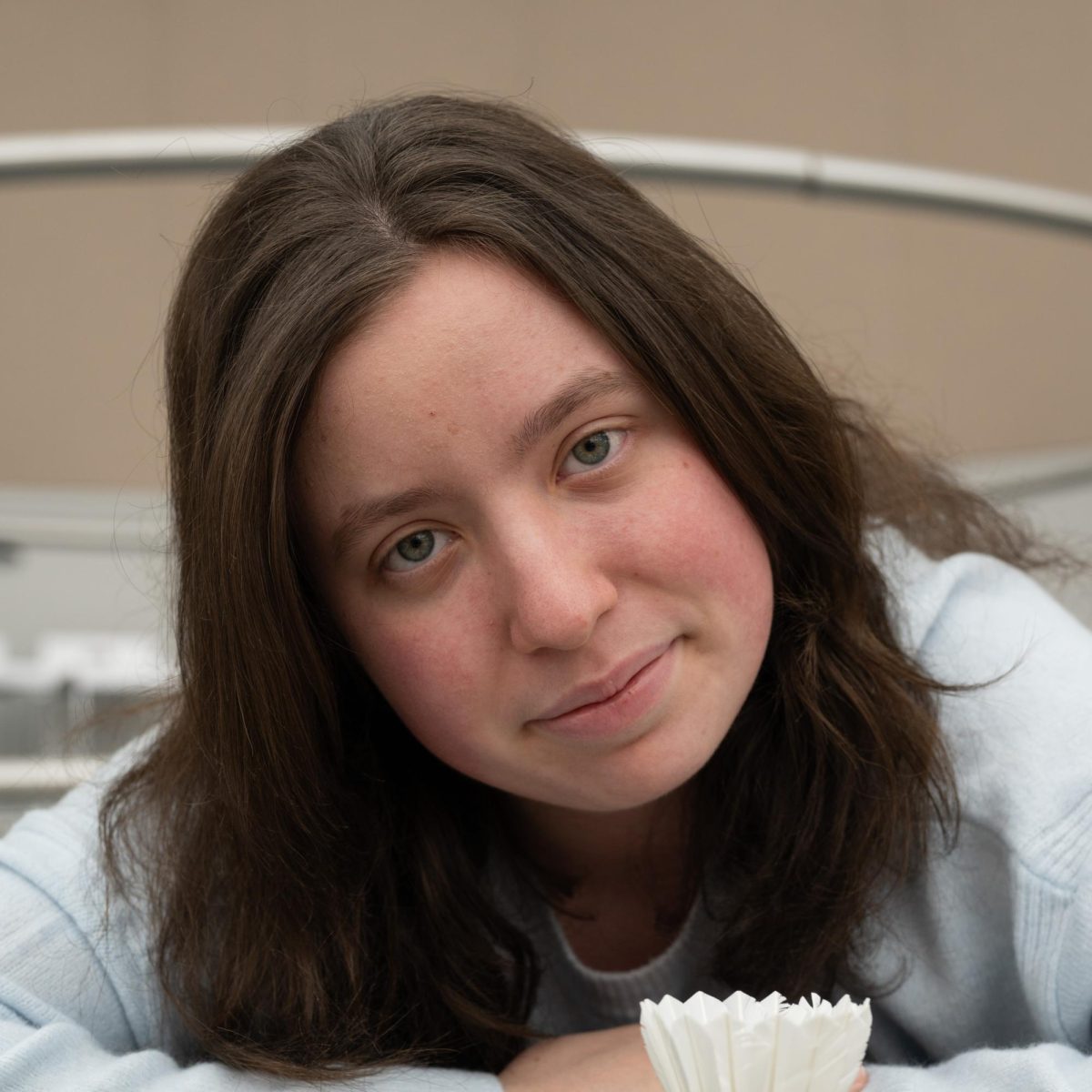
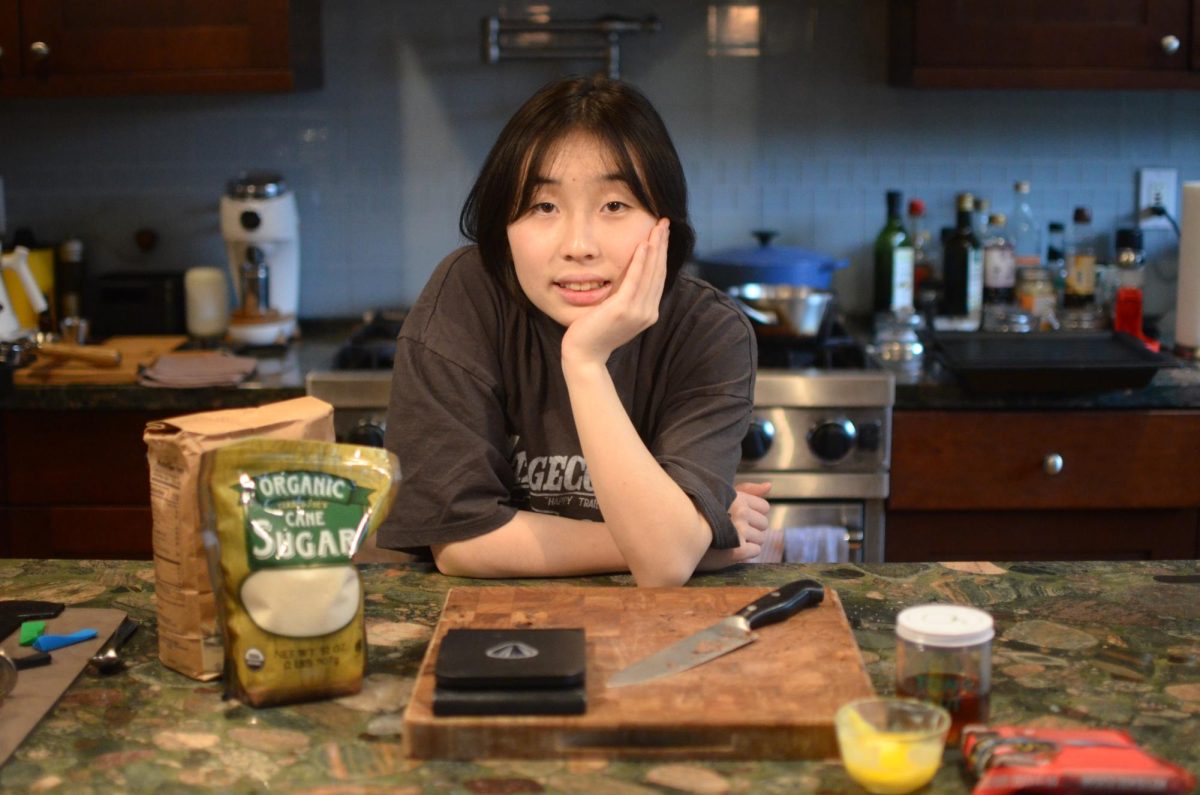
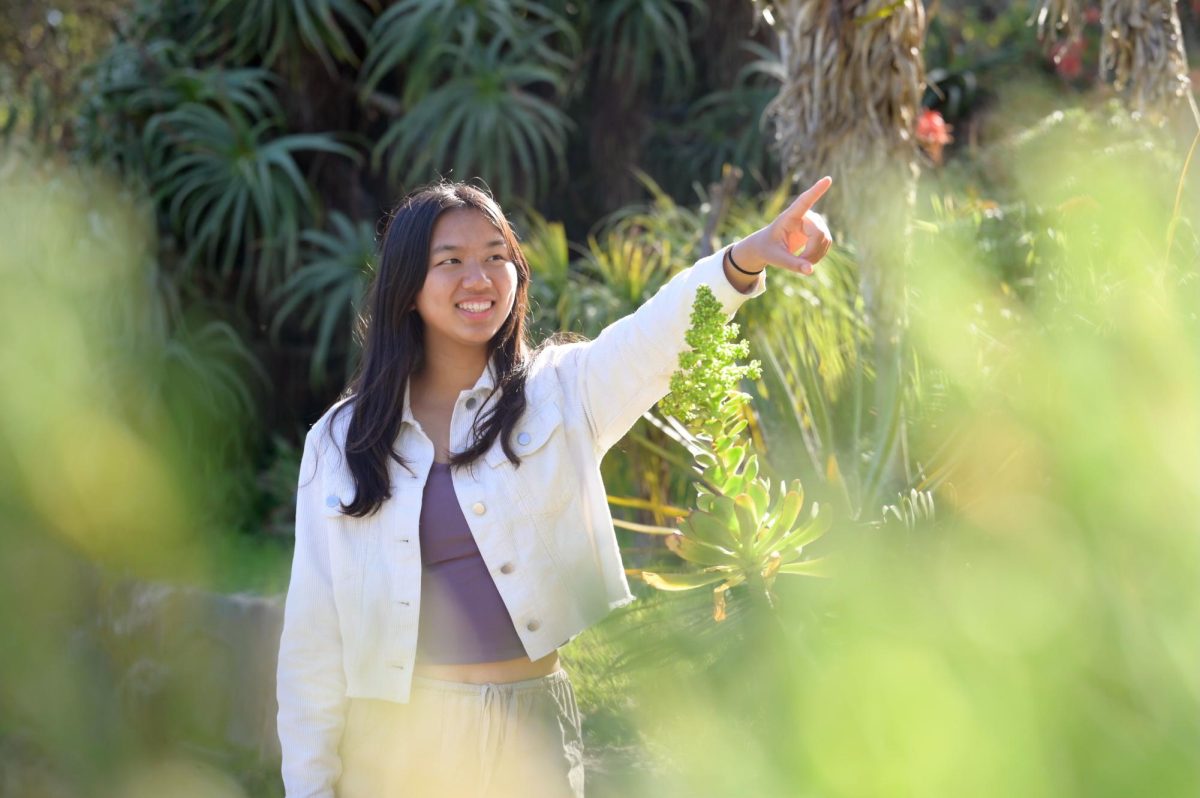
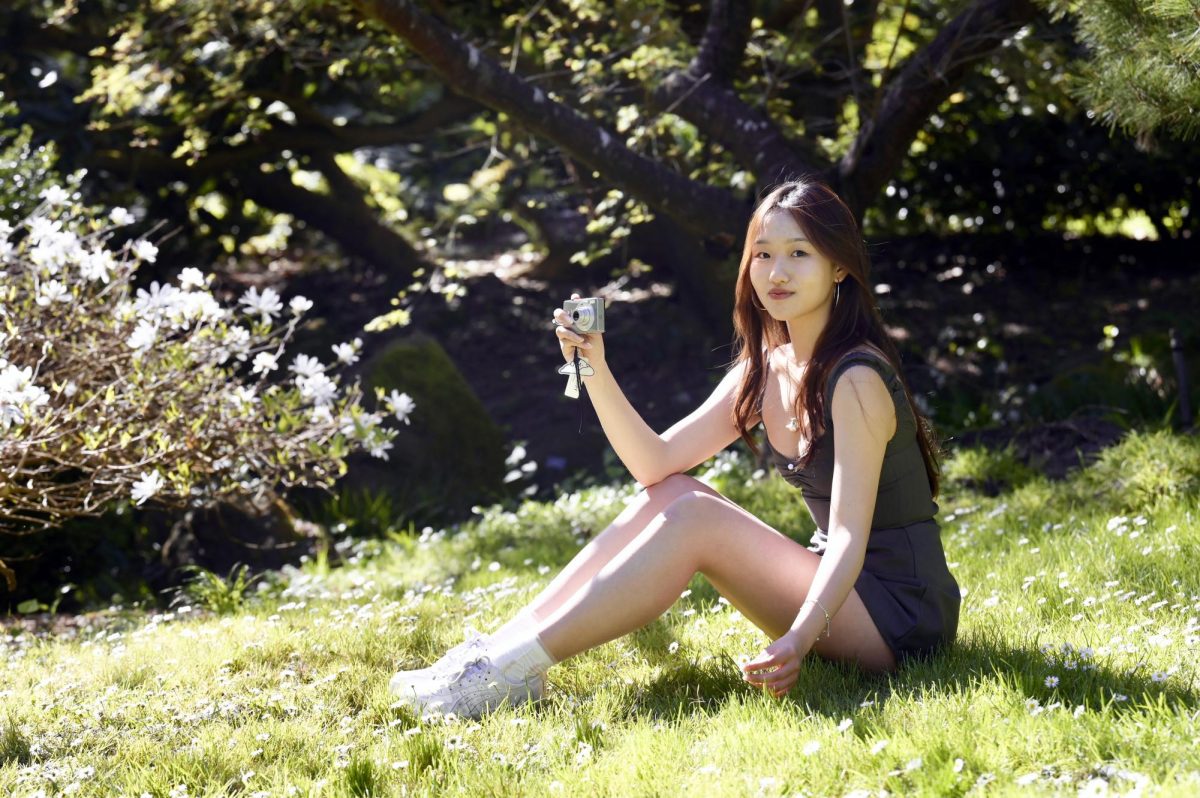

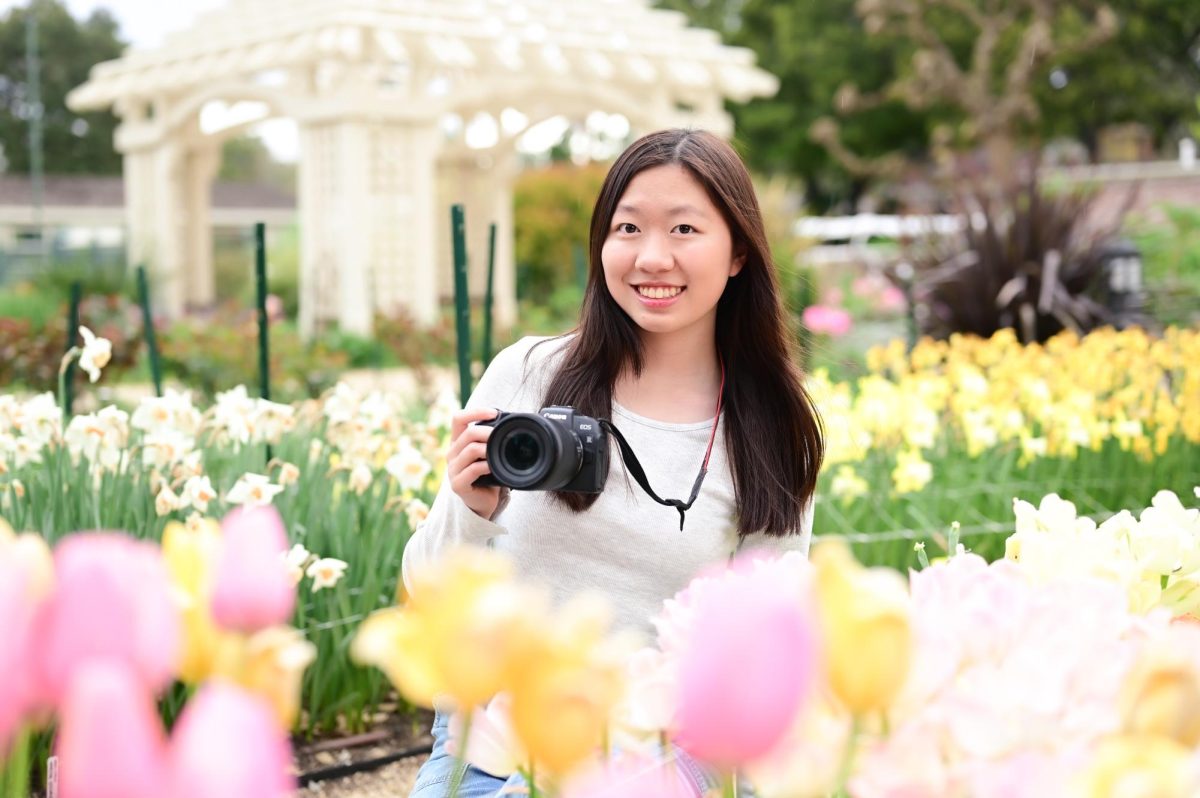

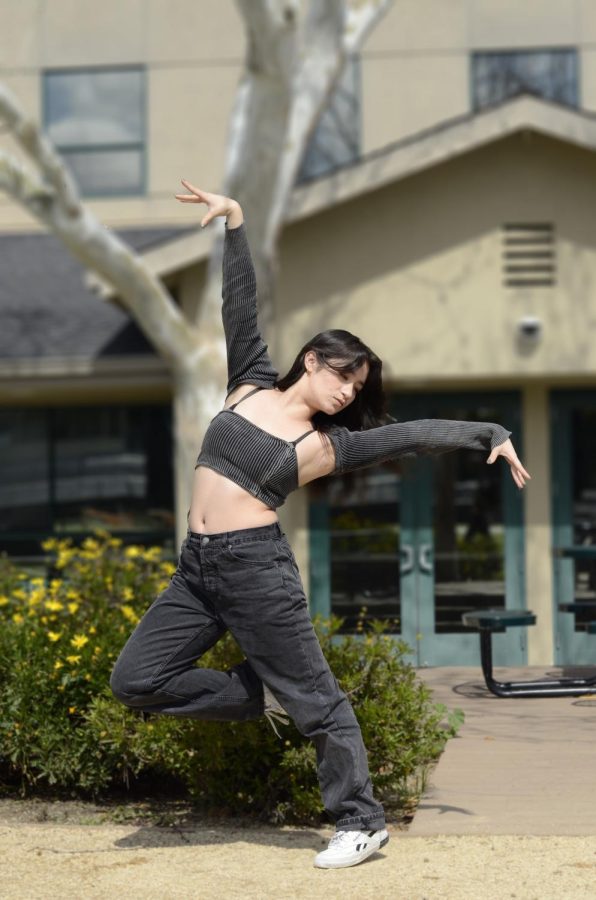
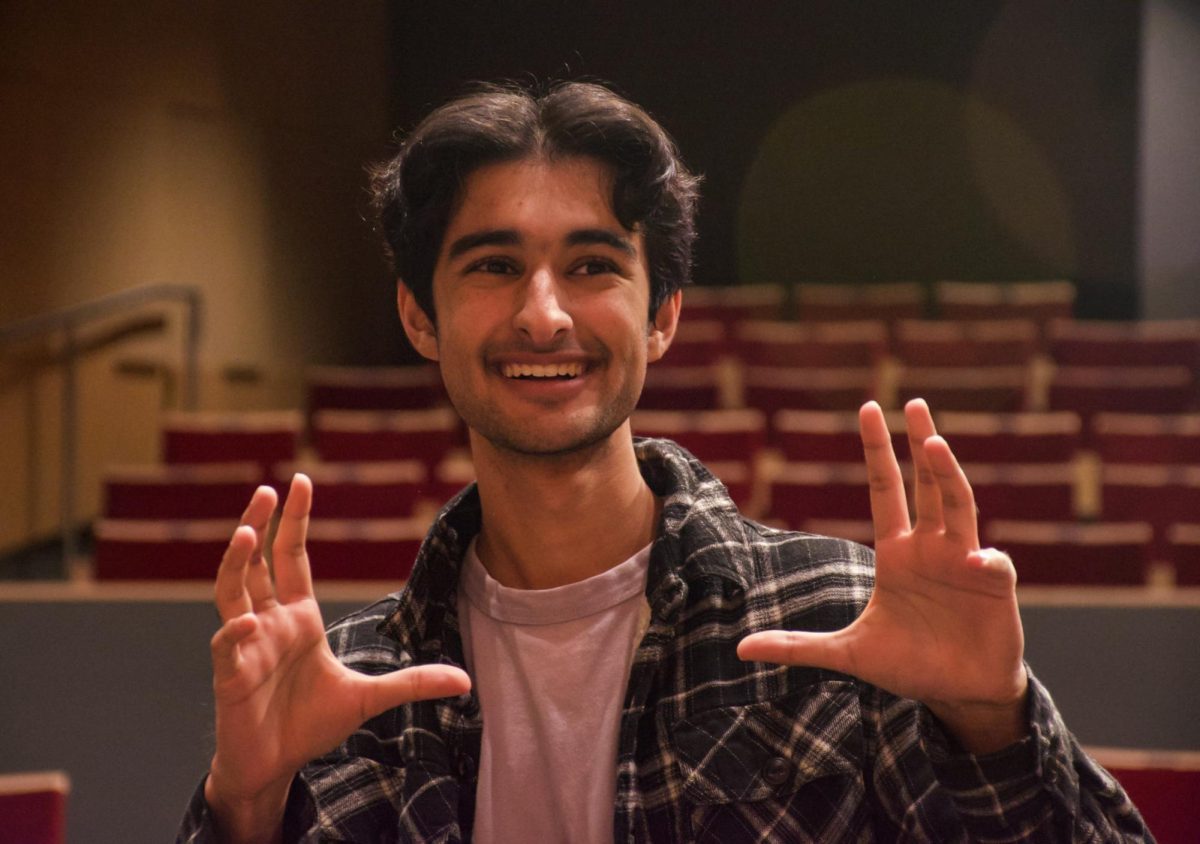
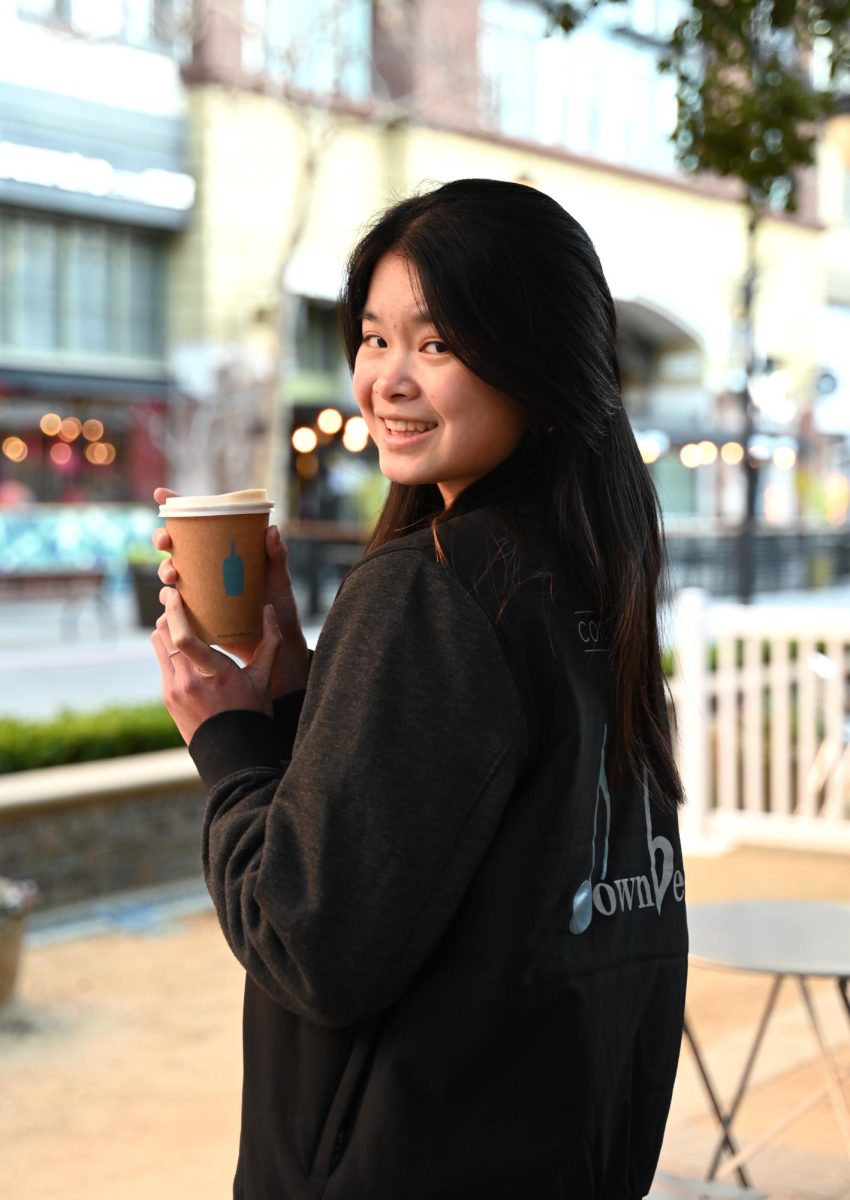
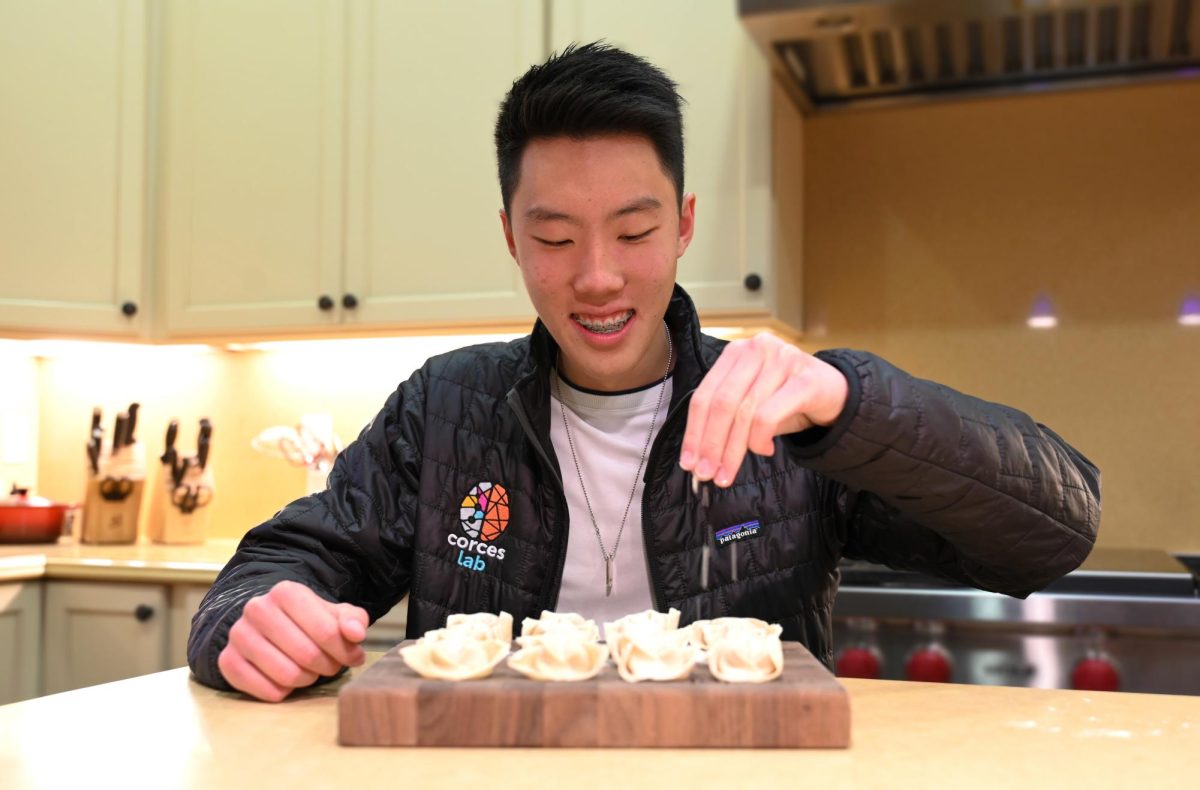


![“[Building nerf blasters] became this outlet of creativity for me that hasn't been matched by anything else. The process [of] making a build complete to your desire is such a painstakingly difficult process, but I've had to learn from [the skills needed from] soldering to proper painting. There's so many different options for everything, if you think about it, it exists. The best part is [that] if it doesn't exist, you can build it yourself," Ishaan Parate said.](https://harkeraquila.com/wp-content/uploads/2022/08/DSC_8149-900x604.jpg)


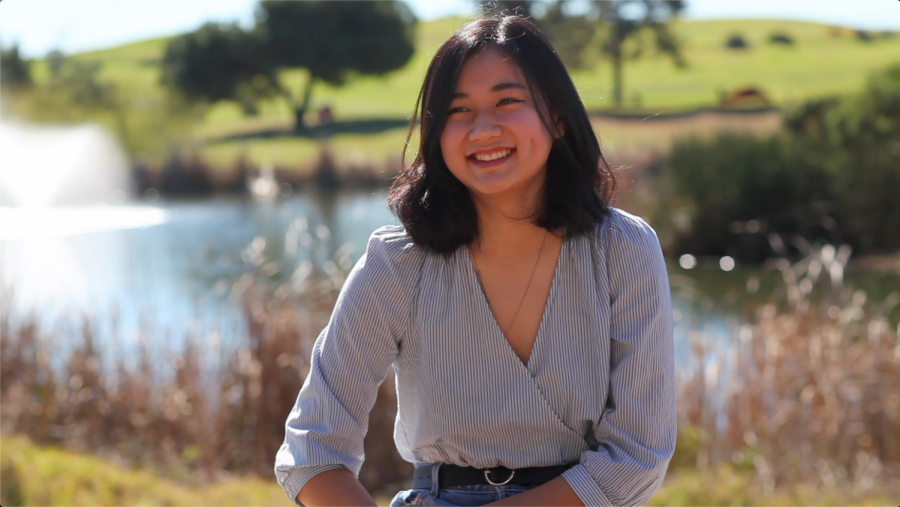
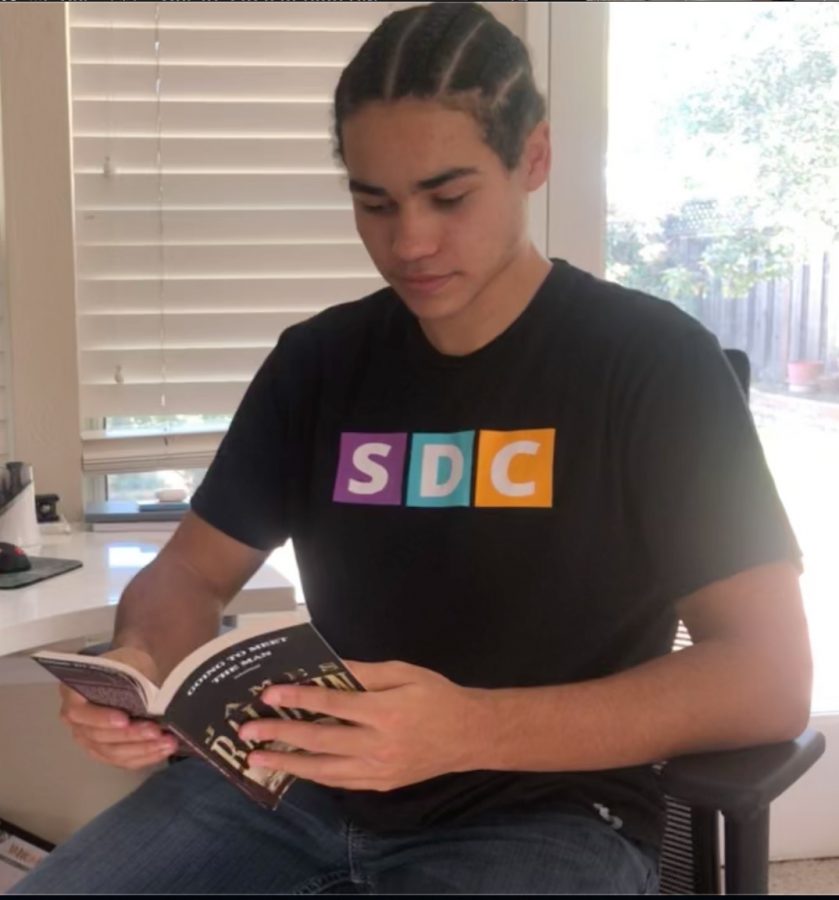
![“When I came into high school, I was ready to be a follower. But DECA was a game changer for me. It helped me overcome my fear of public speaking, and it's played such a major role in who I've become today. To be able to successfully lead a chapter of 150 students, an officer team and be one of the upperclassmen I once really admired is something I'm [really] proud of,” Anvitha Tummala ('21) said.](https://harkeraquila.com/wp-content/uploads/2021/07/Screen-Shot-2021-07-25-at-9.50.05-AM-900x594.png)
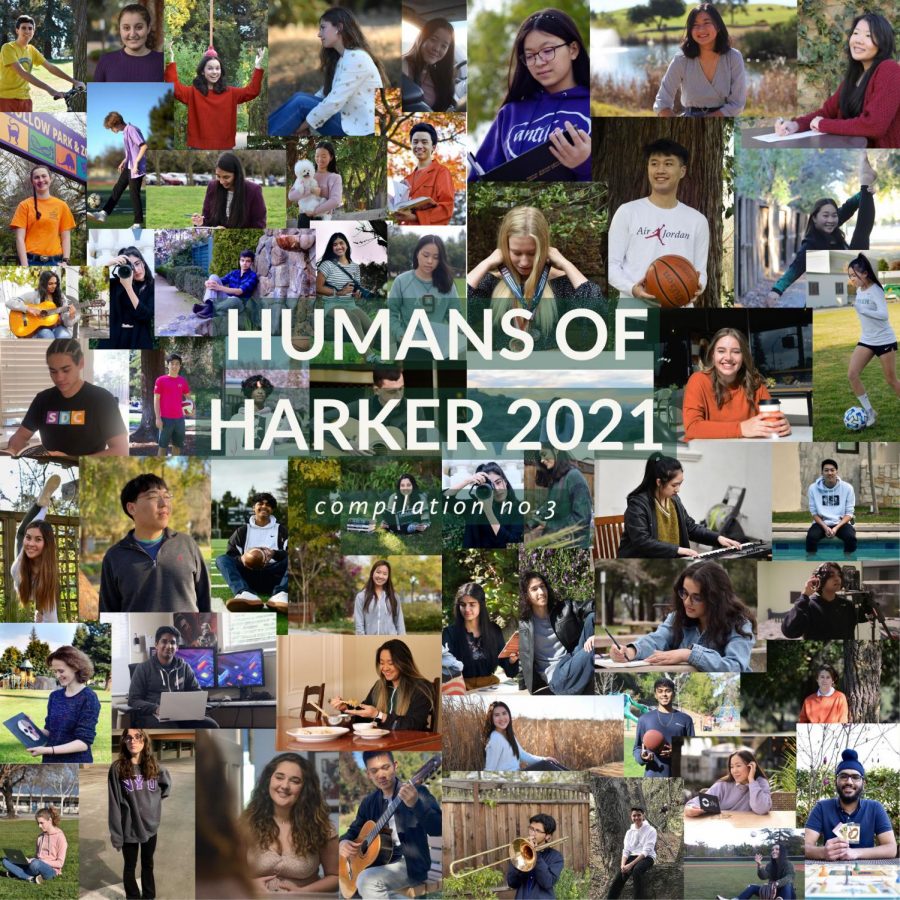

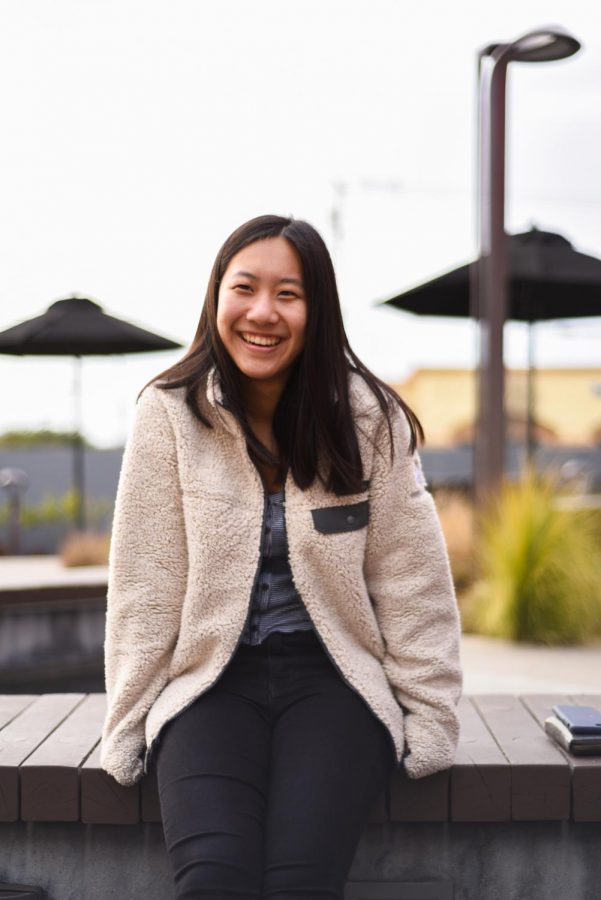

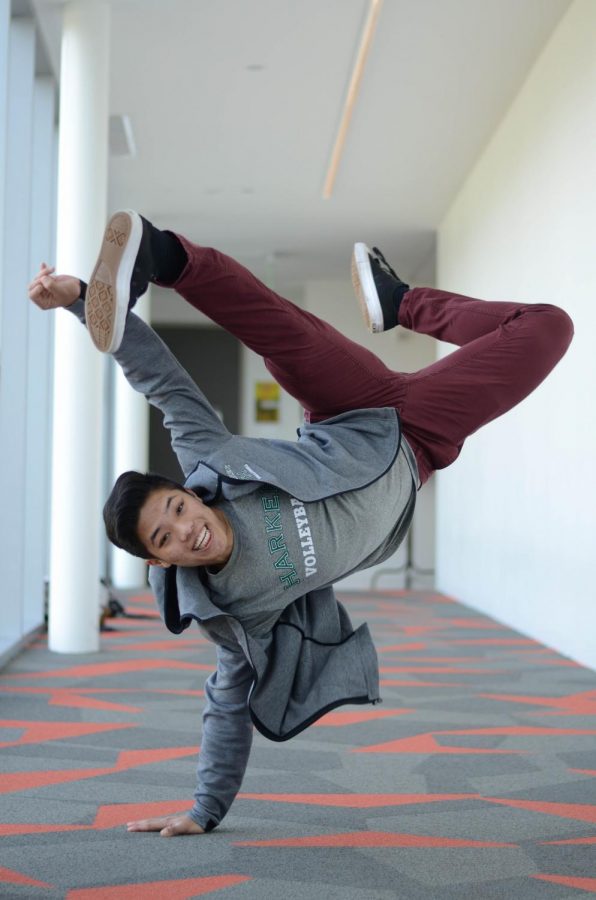
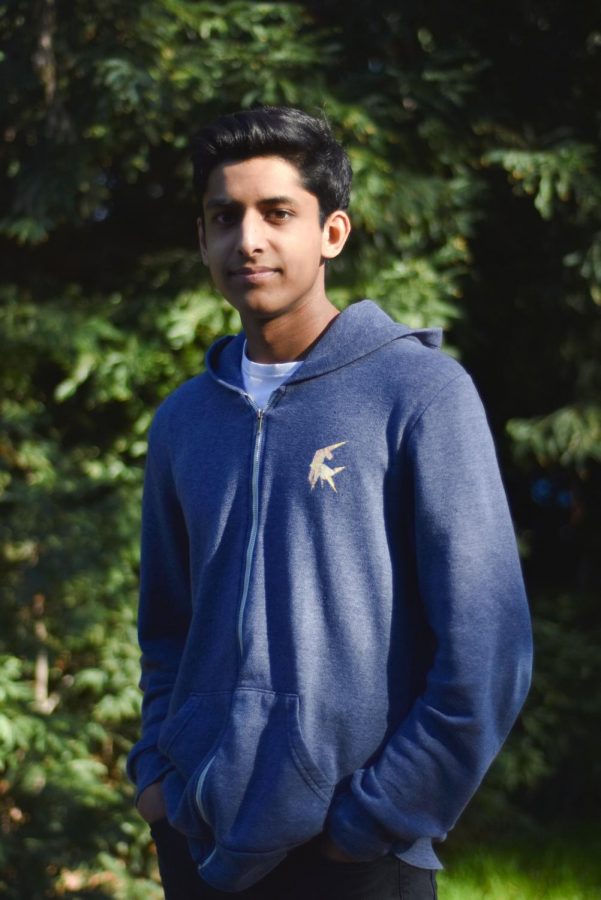

![“I think getting up in the morning and having a sense of purpose [is exciting]. I think without a certain amount of drive, life is kind of obsolete and mundane, and I think having that every single day is what makes each day unique and kind of makes life exciting,” Neymika Jain (12) said.](https://harkeraquila.com/wp-content/uploads/2017/06/Screen-Shot-2017-06-03-at-4.54.16-PM.png)
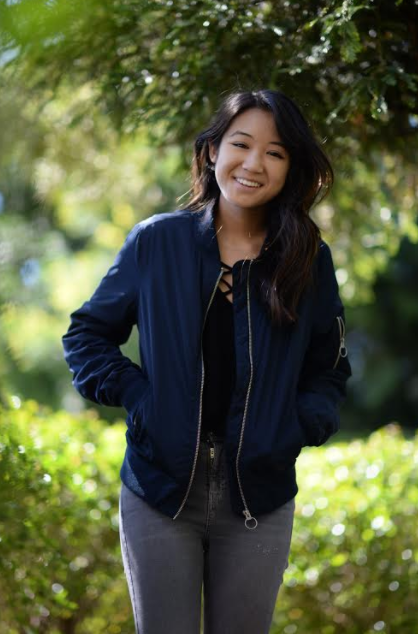
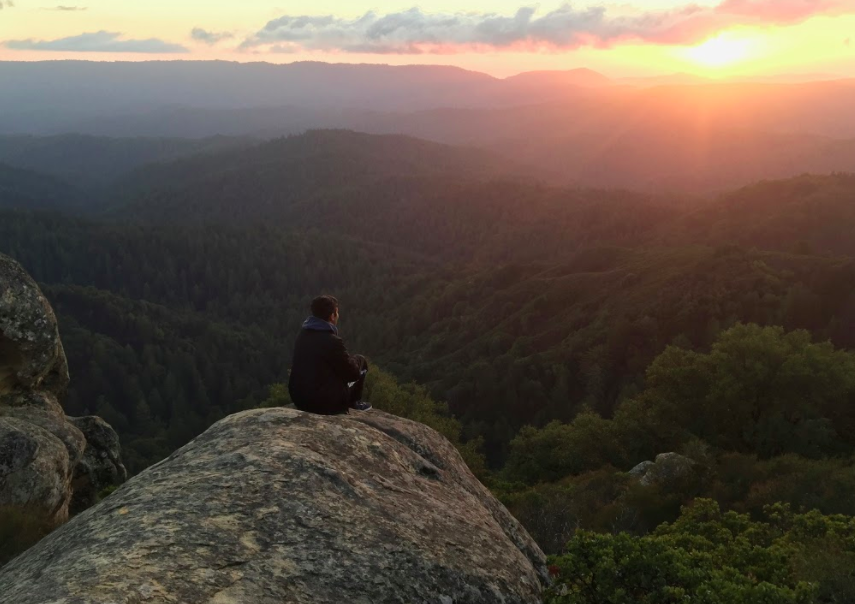

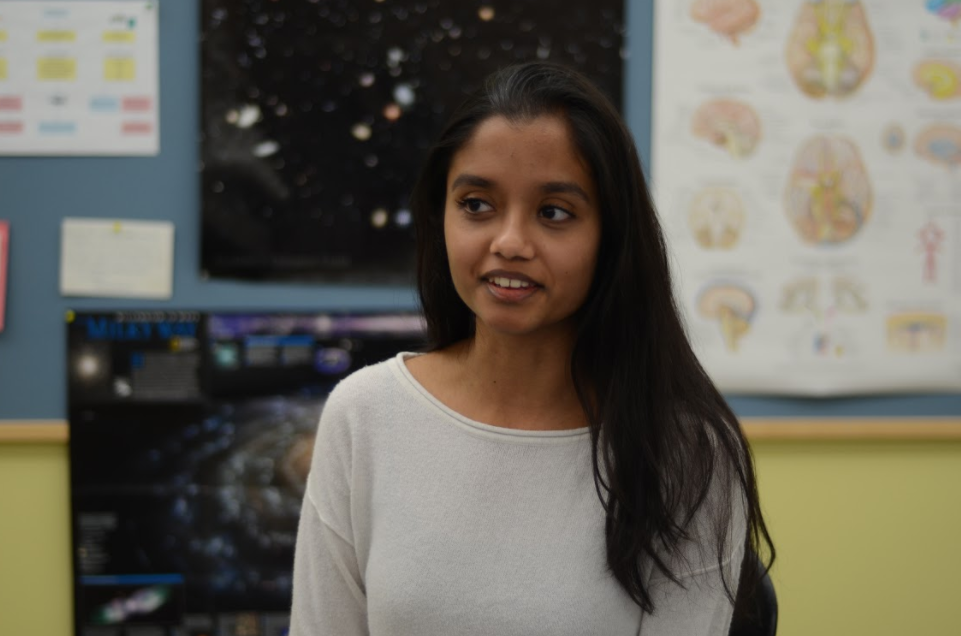
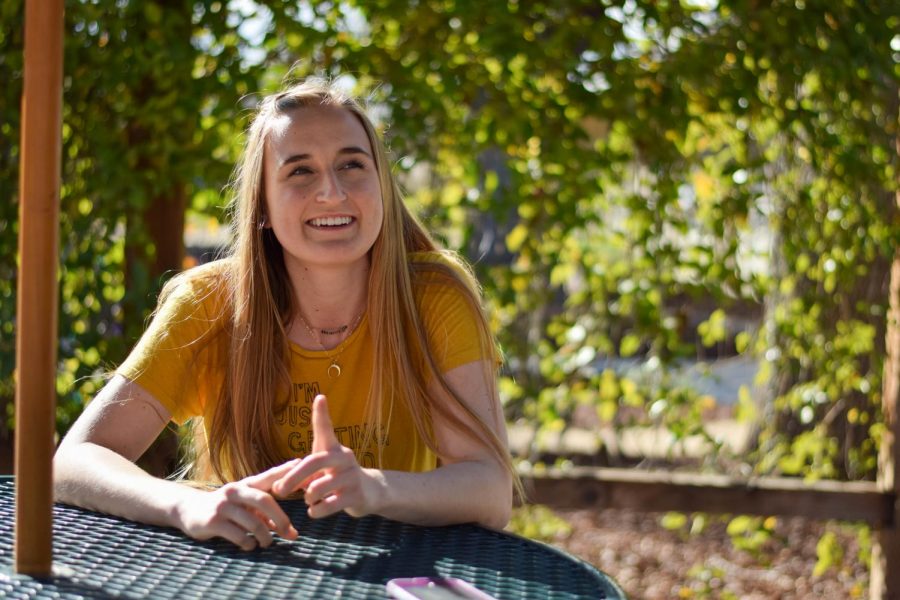
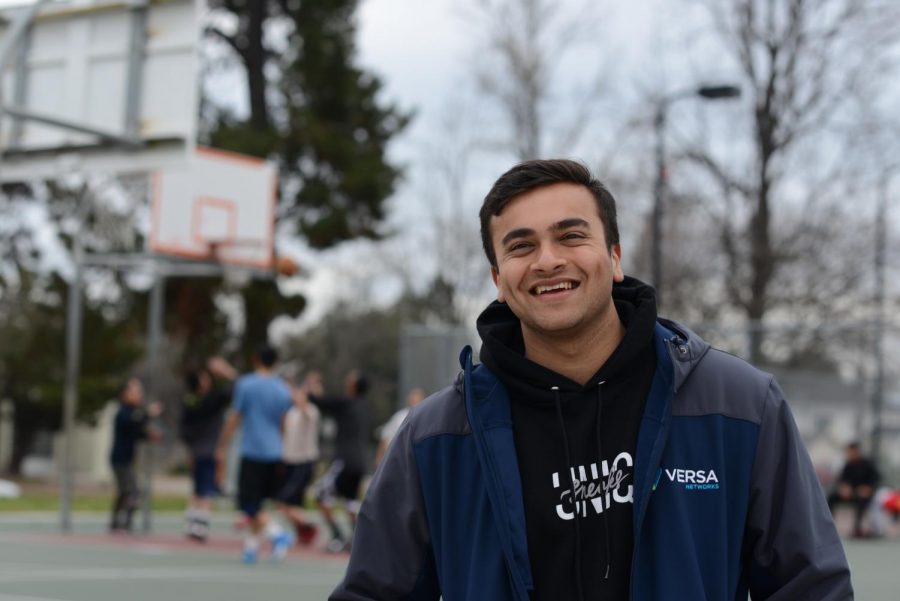
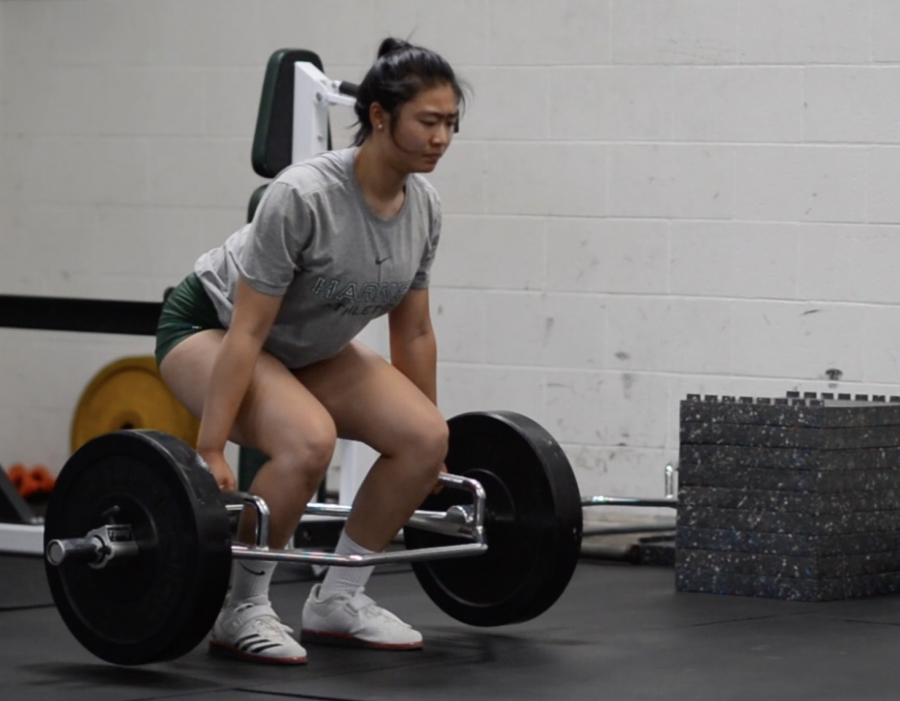
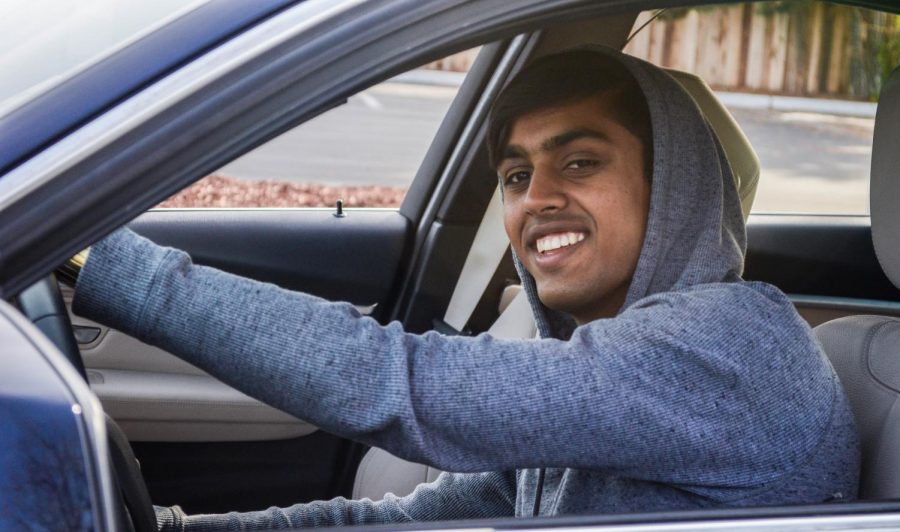
![“My slogan is ‘slow feet, don’t eat, and I’m hungry.’ You need to run fast to get where you are–you aren't going to get those championships if you aren't fast,” Angel Cervantes (12) said. “I want to do well in school on my tests and in track and win championships for my team. I live by that, [and] I can do that anywhere: in the classroom or on the field.”](https://harkeraquila.com/wp-content/uploads/2018/06/DSC5146-900x601.jpg)
![“[Volleyball has] taught me how to fall correctly, and another thing it taught is that you don’t have to be the best at something to be good at it. If you just hit the ball in a smart way, then it still scores points and you’re good at it. You could be a background player and still make a much bigger impact on the team than you would think,” Anya Gert (’20) said.](https://harkeraquila.com/wp-content/uploads/2020/06/AnnaGert_JinTuan_HoHPhotoEdited-600x900.jpeg)

![“I'm not nearly there yet, but [my confidence has] definitely been getting better since I was pretty shy and timid coming into Harker my freshman year. I know that there's a lot of people that are really confident in what they do, and I really admire them. Everyone's so driven and that has really pushed me to kind of try to find my own place in high school and be more confident,” Alyssa Huang (’20) said.](https://harkeraquila.com/wp-content/uploads/2020/06/AlyssaHuang_EmilyChen_HoHPhoto-900x749.jpeg)
